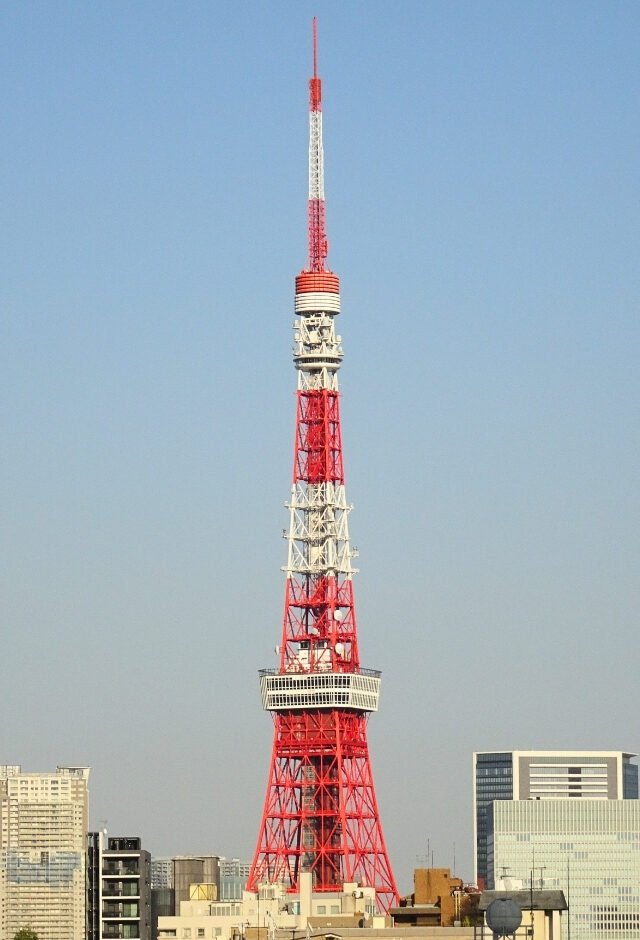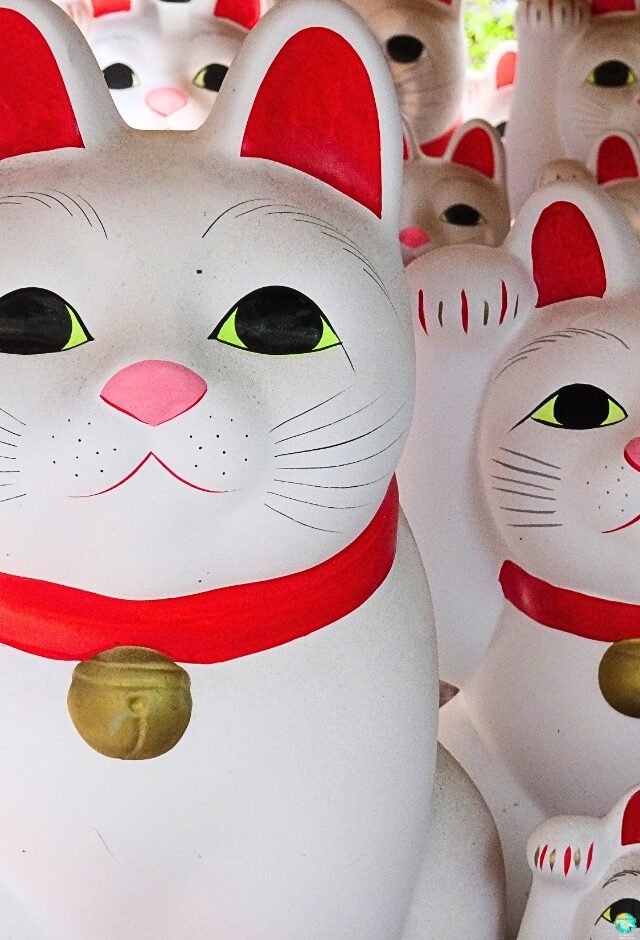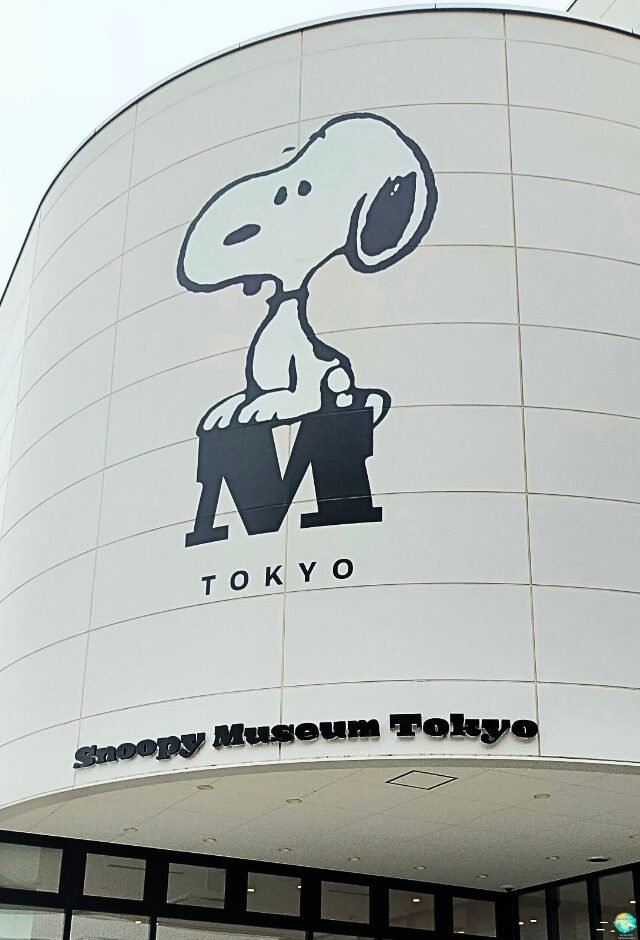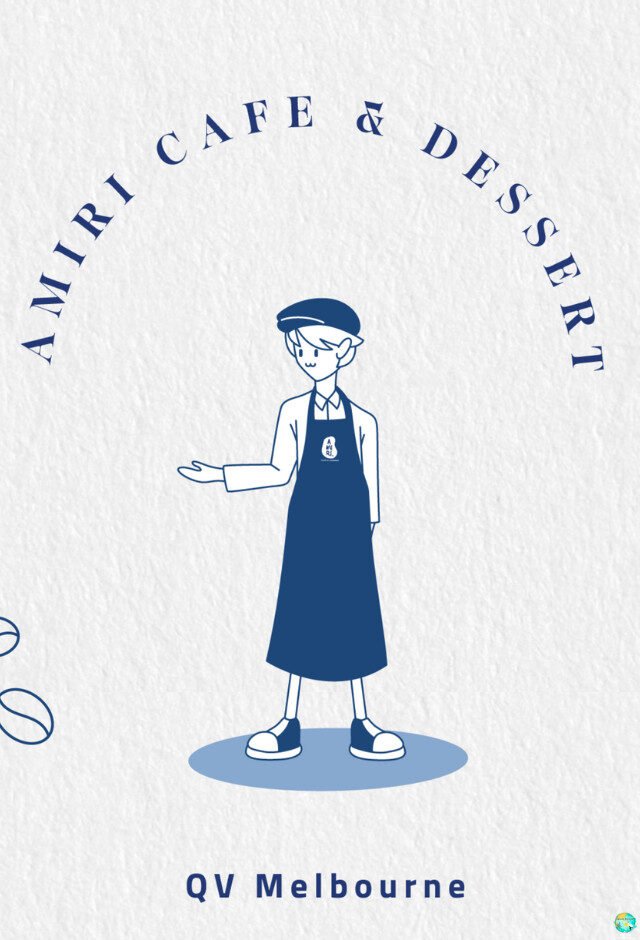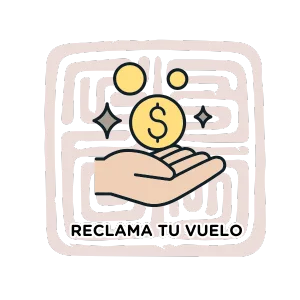If you are in Tokyo and looking for a different getaway, Nikko is the perfect destination for a day trip. This mountainous corner has a little bit of everything: historic sanctuaries filled with magic, fairytale waterfalls, and a serene lake where you can escape the hustle and bustle of the city.
We visited it in the fall and it really blew us away. We never imagined Nikko could hold so much natural and cultural beauty in such a compact space. It was definitely one of those days that will stay with you forever.
Here we'll tell you how to get there, how to get around the area, and a suggested route to help you make the most of your visit to Nikko, even if you only have one day.

Spanish Experiences in Nikko
Would you prefer to discover Nikko with a Spanish-speaking guide? If you don't feel like organizing everything yourself or simply want to enjoy the experience without any complications, you can take the tour with a Spanish-speaking guide. Our partners are trusted agencies that offer private tours from Tokyo, with transportation included and commentary in your language so you don't miss a single detail.
Introduction to Nikko: Much More than a Tourist Destination
Nikko, located about two hours north of Tokyo, is a place where history, religion, and nature merge in a unique way. Founded centuries ago, this city was the spiritual and political center during the Edo period thanks to its connection to the powerful Tokugawa clan, which ruled Japan for over 250 years. Here, majestic shrines and temples blend seamlessly with ancient forests and breathtaking waterfalls, offering an experience that goes far beyond conventional tourism.
If you want to immerse yourself in Japanese culture and understand Nikko's importance to the country, prepare for a fascinating journey that combines architecture, spirituality, and a privileged natural environment.

History of Nikko and the Tokugawa clan
The real driving force behind Nikko's sacred status was Shogun Tokugawa Ieyasu, founder of the Tokugawa Shogunate in 1603. His mausoleum, Toshogu Shrine, It is the cultural jewel of the city and one of the best examples of Japanese Baroque architecture.
Who was Tokugawa Ieyasu?
Tokugawa Ieyasu was one of the unifiers of Japan after a long period of civil war. His government brought stability and peace to the country during the Edo period (1603-1868), and to honor his legacy, his descendants commissioned the construction of a majestic shrine in Nikko, which also served to legitimize his political and spiritual power.
Toshogu Shrine: symbol of power and spirituality
The Toshogu Shrine is a complex that combines art, religion and politics.It's not just the final resting place of Ieyasu, but also a monument to Japanese culture, with more than 500 buildings decorated with elaborate carvings, paintings, and gilded details. Highlights include the famous Yomeimon Gate, known as the "Jewel Gate," and the mythical three wise monkeys, which symbolize the principle of "see no, hear no, speak no."

How to get to Nikko from Tokyo
To make the most of a day in Nikko, it's essential to plan your trip well.You have two main options for getting to Nikko by train: the Shinkansen or the Tobu Railway line. We explain each one so you can choose the one that best suits your trip.
1. By train with JR Pass (Shinkansen + JR Nikko Line)
If you have a JR Pass, the fastest option is to take a bullet train (shinkansen) from Tokyo to Utsunomiya (approximately 50 minutes). There, you can transfer to the JR Nikko Line, which will take you back to Nikko Station in about 45 minutes.
Total duration: Approximately 1 hour and 45 minutes.
Covered with JR Pass.
2. By Tobu train from Asakusa (direct and economical)
If you don't have a JR Pass, the best option is the Tobu line from Asakusa Station in Tokyo. There are fast trains that take about 1 hour and 50 minutes to reach Nikko. In addition, the Tobu company offers the Nikko Pass, which includes transportation and discounts on tickets, ideal for tourists.
Duration: 1h50 minutes approx.
Cheaper than the JR Pass.

How to get around Nikko
Nikko has an excellent public transportation network, with several bus lines covering the entire area and connecting major points.
To get the most out of it, we recommend that you get a Nikko Pass, This allows you to use the buses unlimitedly to travel between different attractions. It's a much more cost-effective and convenient option than buying individual tickets for each trip.
There are two types of Nikko Pass:
Nikko World Heritage Pass: Valid for two days, it includes all buses from central Nikko and the round-trip Tobu train journey between Tokyo and Nikko.
Nikko All Area Pass: Valid for four days, it covers all of the above and also allows use of buses between Nikko and the Okunikko area, ideal if you want to explore beyond the center.
With any of these passes, getting around Nikko is really easy.
Nikko World Heritage Area Pass
Enjoy these art samples World Heritage Site reserving the Nikko World Heritage Area Pass, a tourist card that offers unlimited transportation towards these monuments for two days.
Nikko All Area Pass
Nikko and Kinugawa Onsen will have no secrets for you reserving the Nikko All Area PassThis pass will allow you to easily reach the main monuments in these areas thanks to the unlimited transport tickets that this card offers.
JR Whole Japan Rail Pass
Enjoy hassle-free travel in Japan with the Japan Rail Pass (JR Pass). This pass offers unlimited travel on the iconic Shinkansen bullet trains, connecting key destinations such as Tokyo, Osaka, and Kyoto.

What to see in Nikko in one day: The must-sees
To make the most of your time and enjoy the most culturally significant sites, here's our recommended step-by-step route.
Shinkyo Bridge: the legendary entrance to Nikko
Your adventure begins at the Shinkyo Bridge, a structure that is not only a visual icon, but also a spiritual symbol marking the entrance to Nikko's sacred precincts.
This red wooden bridge rises over the Daiya River and is considered one of the three most beautiful bridges in Japan. Legend has it that it was built in 1636 to facilitate the passage of the monk Shodo Shonin, who introduced Buddhism to the region, with the help of two guardian dragons who held the bridge.
It is only allowed to cross it on foot by paying a small entrance fee (approximately 300 yen)., which makes the walk even more special. The views from here, with the river and forest in the background, offer a first glimpse into Nikko's spiritual atmosphere.

Futarasan Shrine: Nikko's Shinto Roots
From the bridge, Just a five-minute walk will take you to Futarasan Shrine, founded in the 8th century by Shodo Shonin himself. This shrine is dedicated to the protective deities of the mountains surrounding Nikko, reflecting the ancient Shinto connection with nature and the worship of natural forces.
Unlike the exuberant Toshogu, Futarasan stands out for its sobriety and simplicity, with structures that blend harmoniously into the forest of giant cedars. It is a place where you will feel the spiritual purity that has protected this region for centuries.
Don't miss the opportunity to admire its torii gates and the main enclosure, declared a World Heritage Site, as well as the ancient trees that have witnessed centuries of history.

Rinnoji Temple: The Heart of Buddhism in Nikko
Very close to the sanctuary, the Rinnoji Temple is the most important Buddhist center in Nikko, also founded by Shodo Shonin. Its name means "Temple of the Lord of the Forest.", and it is a place where Buddhism merges with the region's own Shinto spirituality.
The temple houses three golden statues representing the Buddhas of the three sacred mountains: Amida Buddha, Senju Kannon Buddha (the thousand-armed goddess of mercy), and Bato Kannon Buddha (horse-headed). These unique images reflect the deep devotion to the mountain and to Buddhism.
You can also stroll through the Shoyoen Garden, a dry Zen garden that invites meditation and relaxation, offering an ideal contrast to the activity of the shrine and temples.

Toshogu Shrine: The Splendor of the Tokugawa Legacy
The Toshogu Shrine in Nikko is famous for being one of the most elaborately decorated shrines in all of Japan, Covered in gold leaf, it gives it a spectacular shine. As you stroll through its gardens, you'll be amazed by the minute details captured in every corner of its buildings.
Built in the 17th century as a tribute to Tokugawa Ieyasu, founder of the Tokugawa shogunate, the complex features a dozen buildings hidden among the trees. At that time, it was common for shrines to combine both Buddhist and Shinto elements, so as you walk through it, you'll discover a unique fusion of both traditions.
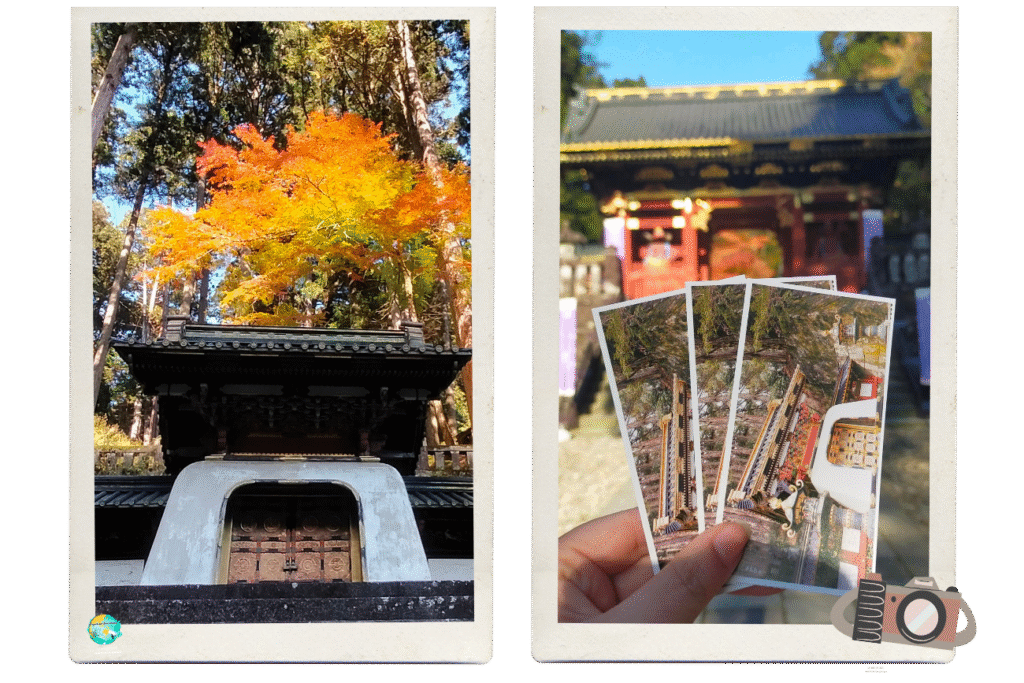
Highlights:
The Yomeimon Gate, known as “the jewel gate”, which has more than 500 carvings of flowers, animals and mythological figures.
The three wise monkeys (Mizaru, Kikazaru and Iwazaru), carved in wood that has stood the test of time, and which represent the maxim “do not see, do not hear, do not speak.”
The Mausoleum of Ieyasu, with its golden ornaments and surrounding cedar trees creating an atmosphere of respect and solemnity.
Here you'll also find other structures, such as the five-story pagoda, which complete the ensemble of a place that blends politics, religion, and art.
Touring Toshogu can take about two hours, so take your time to soak up every detail and use the audio guide or hire a guide to understand all the stories hidden within its walls.


If you're staying longer in Nikko: things to do and places you can't miss
If you decide to extend your stay In Nikko, the area offers much more than its famous temples and shrines. Nikko National Park is a natural and cultural paradise worth exploring at leisure.
Here are some ideas to help you make the most of your time:
Lake Chuzenji: A spectacular destination, especially in autumn, when the colours of the momiji They paint the landscape with reddish and golden tones. Strolling along its shores or enjoying a boat ride on the lake is an experience that connects with the essence of Japan.
Skiing in Nikko-Yumoto: For those visiting in winter, Nikko-Yumoto's slopes are perfect for the whole family, from beginners to advanced skiers.
Hiking around Lake Yunoko: Easy and relaxing routes through forests and crystal-clear waters that will help you disconnect from urban stress.
Onsen and theme parks in Kinugawa Onsen: Ideal for relaxing in thermal baths surrounded by nature, or for spending a fun day in one of its theme parks.
Nature in Kawamata Onsen: Here you can discover an active geyser and explore the spectacular Setoaikyō Gorge, a surprising and little-known spot.
Ashio Train Excursion: Travel to the historic mining area of Ashio, where you can visit the old copper mines and smelters, a fascinating legacy of Japan's industrial past.

Activities and experiences in Nikko
Entrance to Edo Wonderland Nikko
If you're interested in experiencing life during the Edo period firsthand and delving into samurai culture, you can purchase tickets to Edo Wonderland through our trusted partner. By doing so, you'll also be supporting Japonismo so we can continue to provide the best information about Japan.
Where to eat in Nikko: cuisine for all tastes
As we mentioned, Nikko's gastronomy is a unique experience, with dishes that reflect local traditions and the influence of the surrounding nature.
Essential typical dishes
Yuba (tofu skin): the local star, with multiple preparations.
Soba: buckwheat noodles, served hot or cold.
Recommended restaurants
Hippari Dako: Traditional restaurant famous for its yuba and soba. Casual atmosphere and affordable prices.
Meiji no Yakata: a place with history and more elaborate dishes, ideal for a relaxed dinner.

Where to sleep in Nikko
While this route is perfect for a day trip, you may want to stay overnight or even spend more time exploring this incredible area at your leisure.
I recommend you stay in a ryokan (a traditional Japanese inn), as they offer an authentic and very special experience, although they're usually a bit far from the city center. If you prefer something closer to the city center, there are also some highly recommended hotels.
Hotels in Nikko
Hatano Nagomi: If you're not particularly interested in a ryokan, this charming hotel, located on the shores of Lake Chuzenji, is a great option.
Hacho no Yu: One of Nikko's most prominent ryokans, located in a beautiful mountain setting. However, it's a bit far from the main tourist spots, something worth keeping in mind.
 Plan your trip to Japan
Plan your trip to Japan
We give you everything you need to make your trip to Japan unique, easy, and hassle-free.


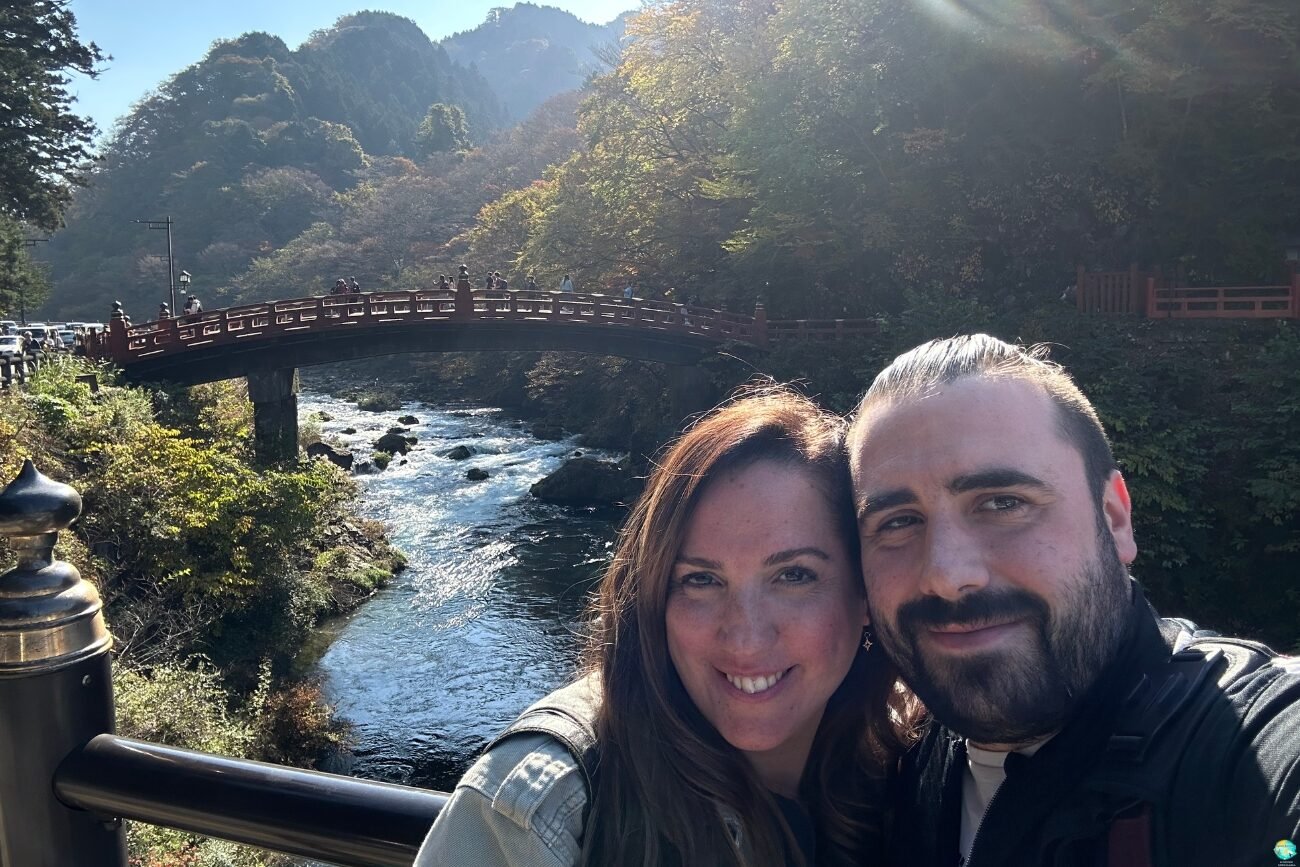

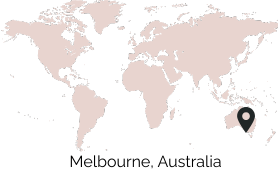



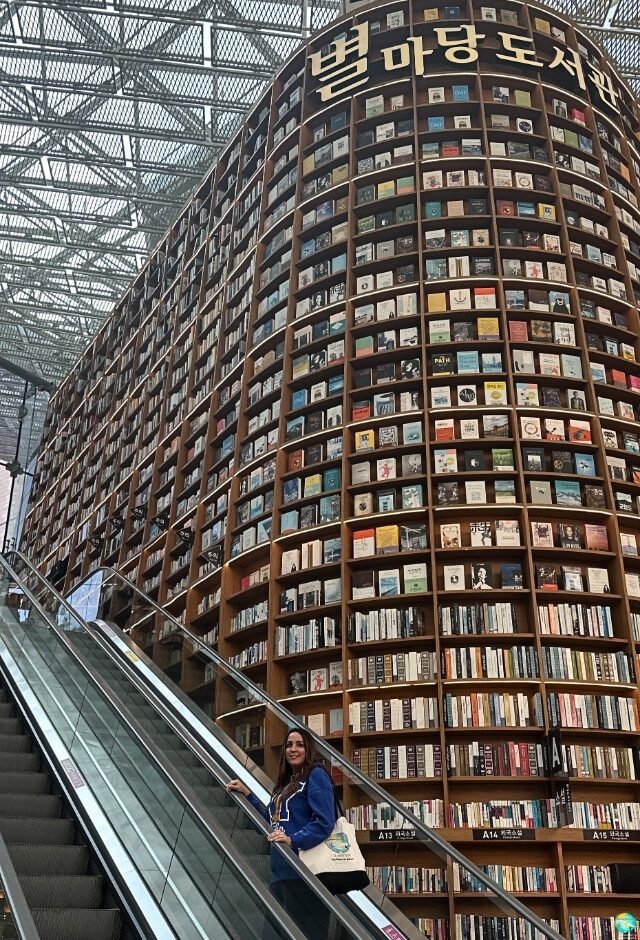
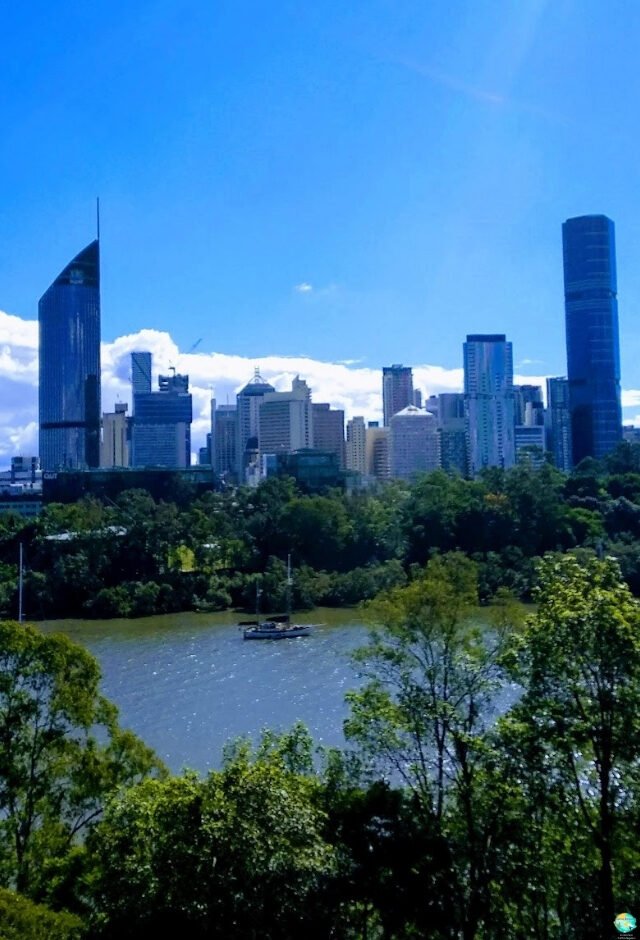









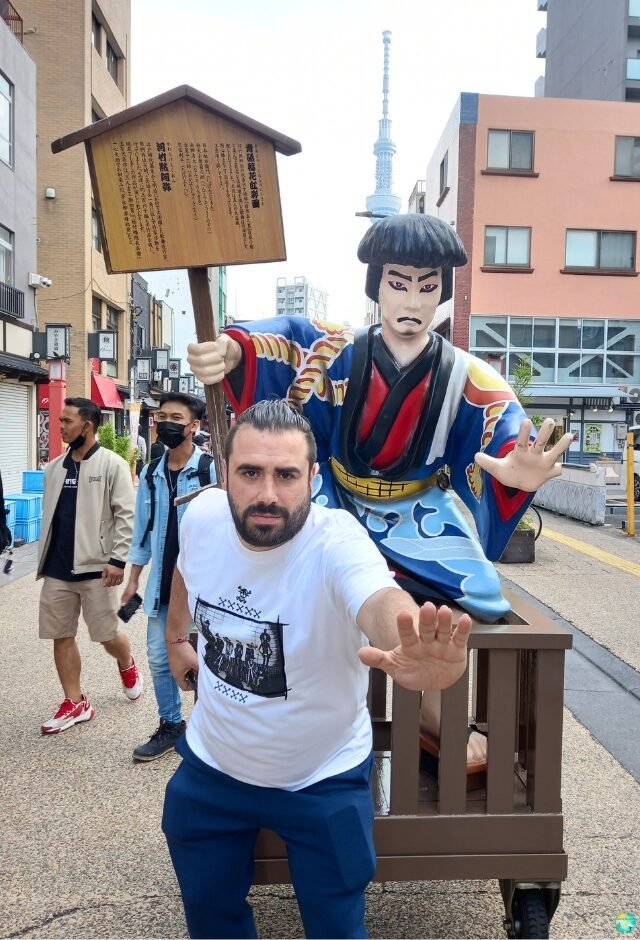

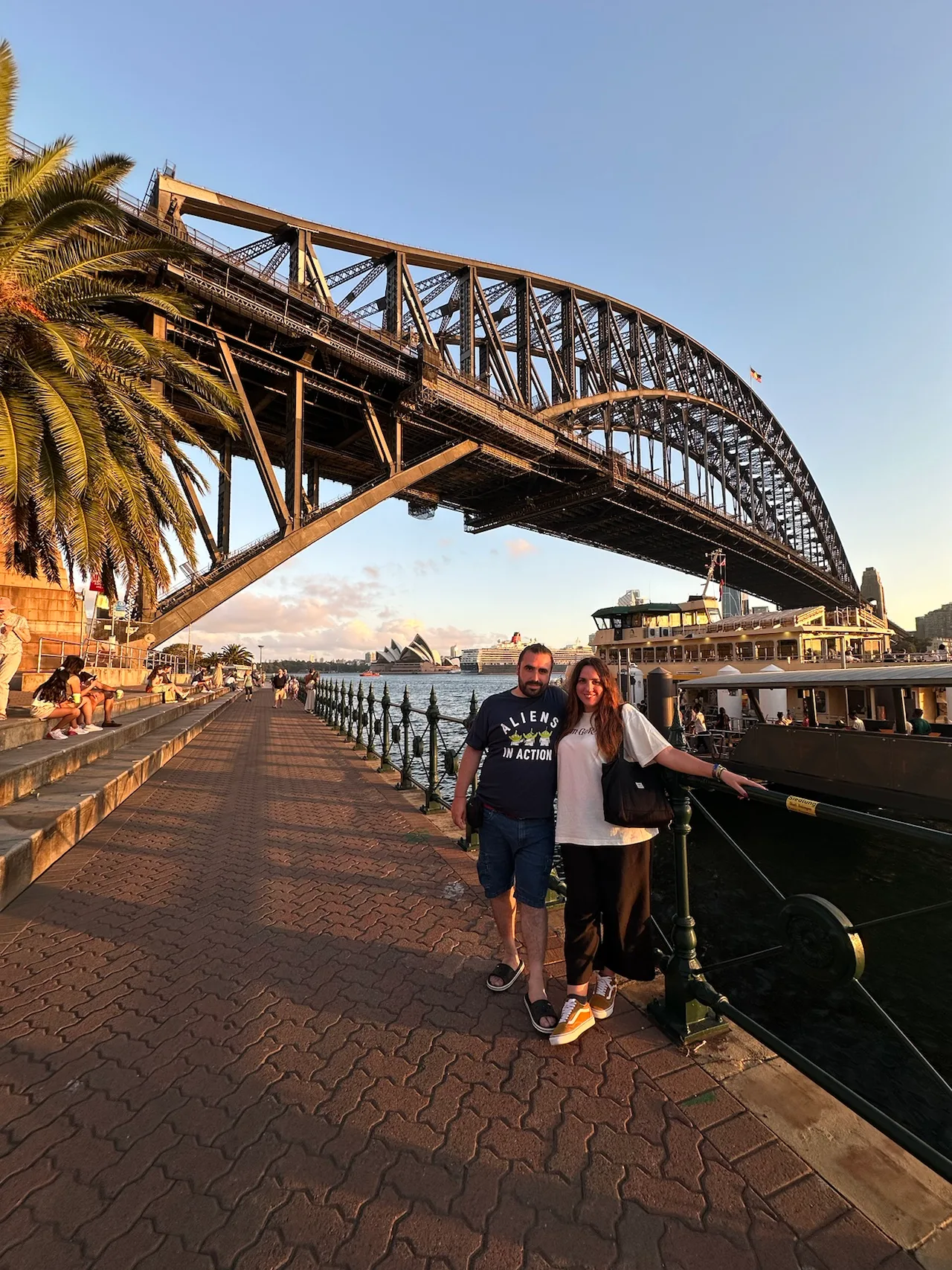
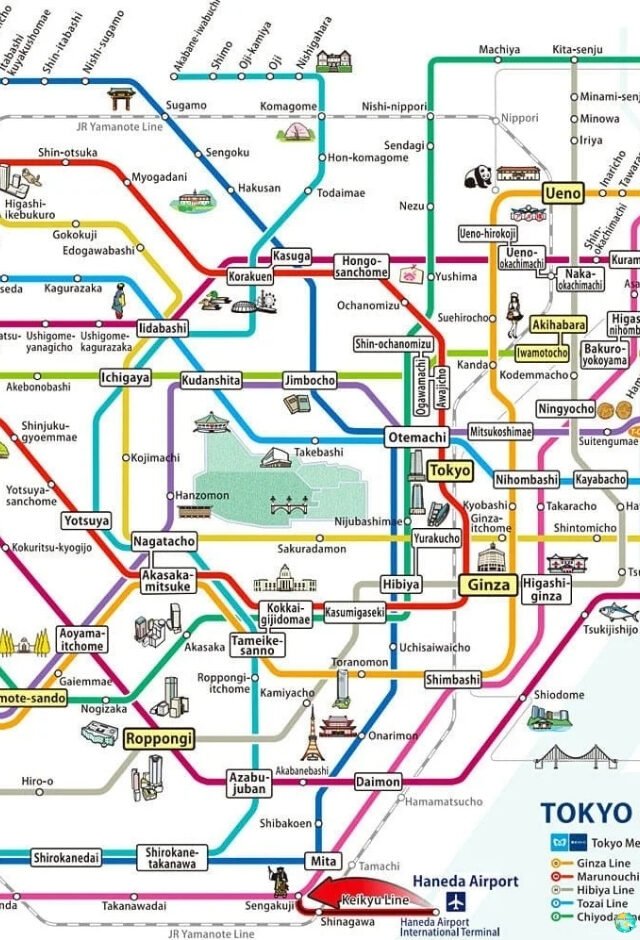
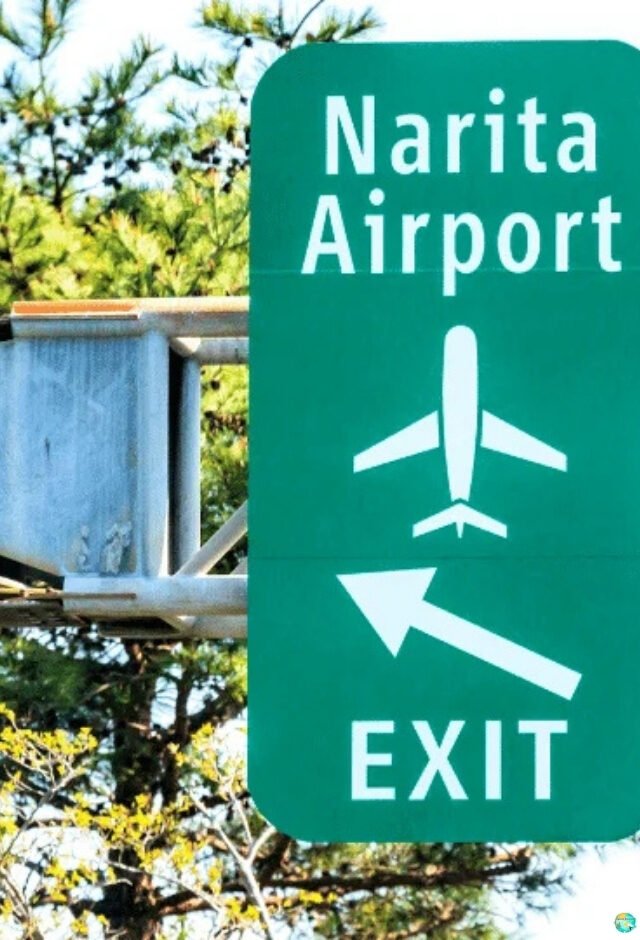
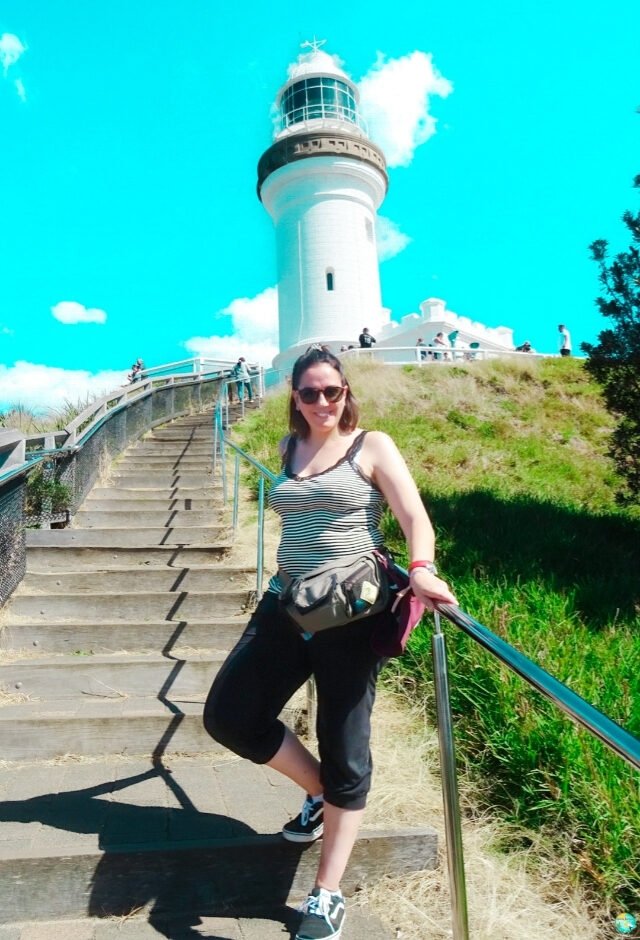

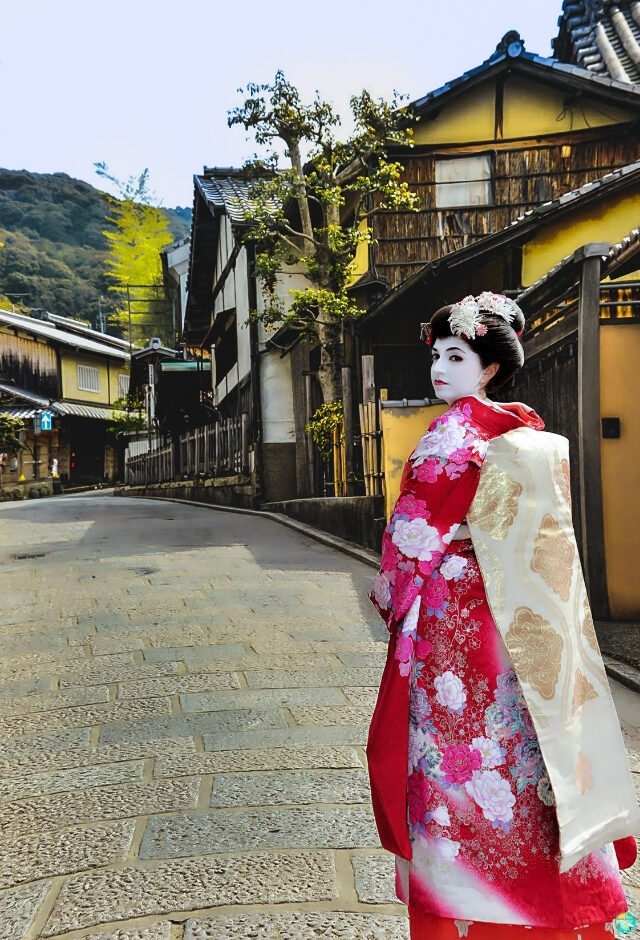
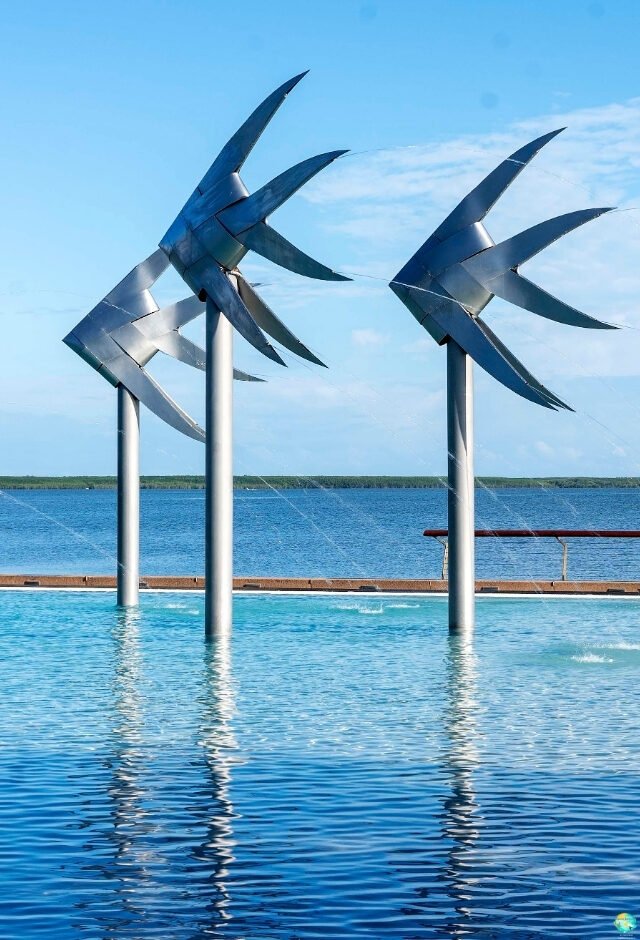

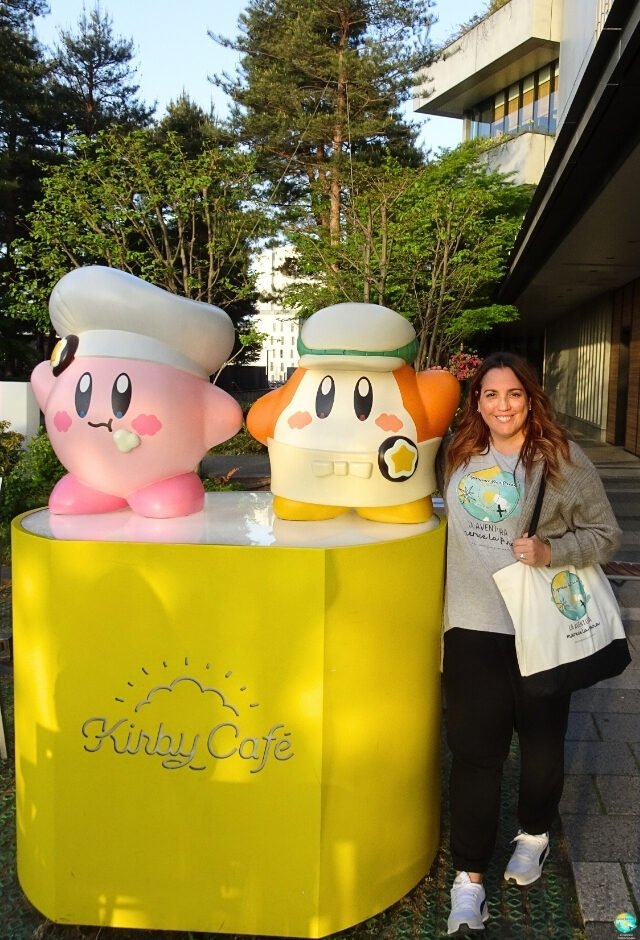


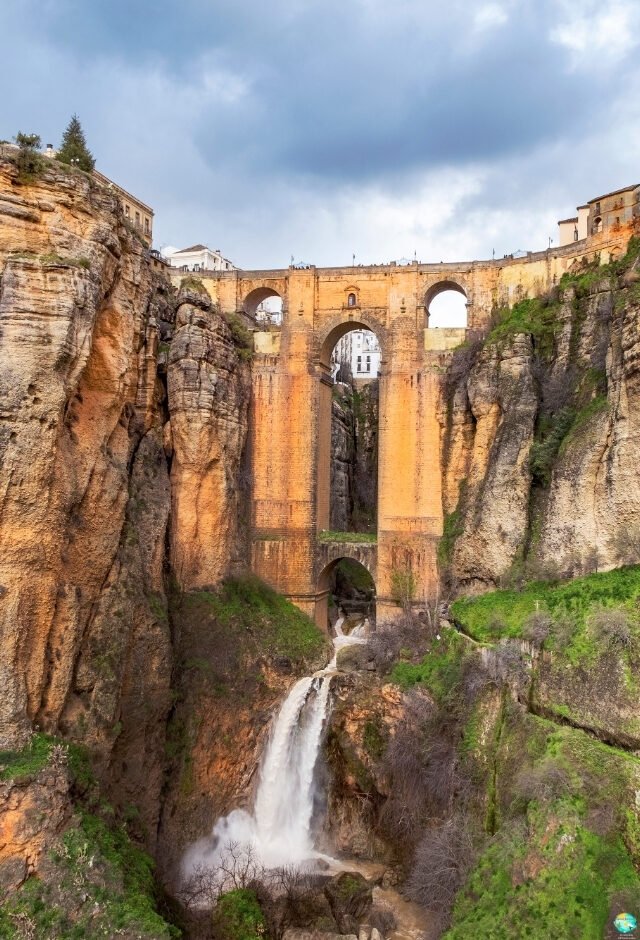
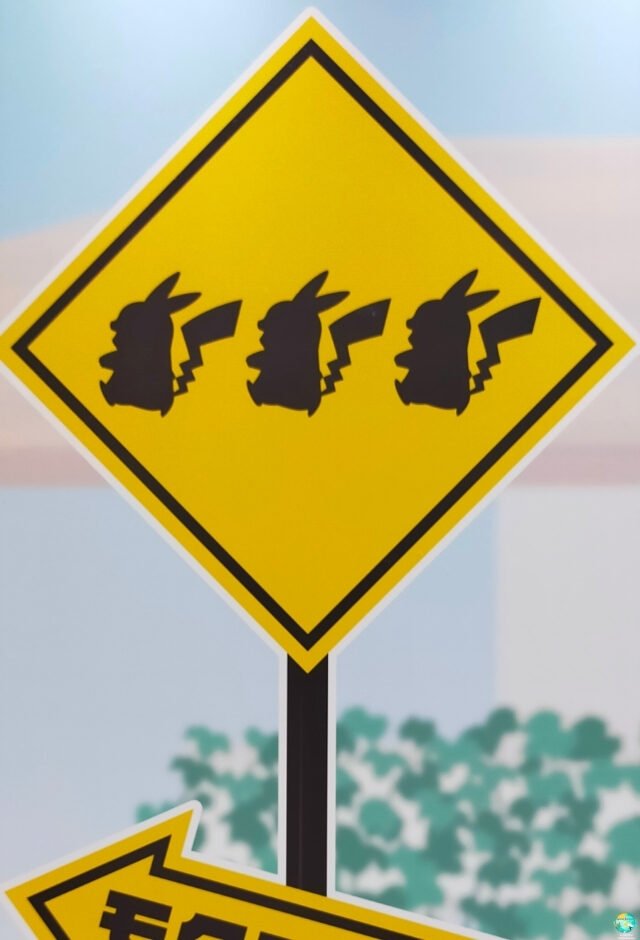
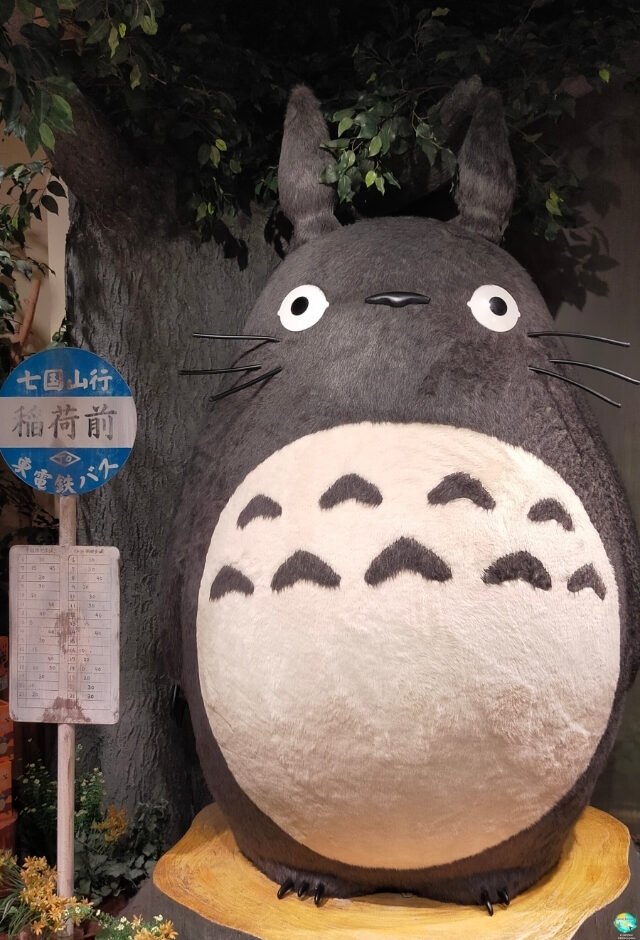
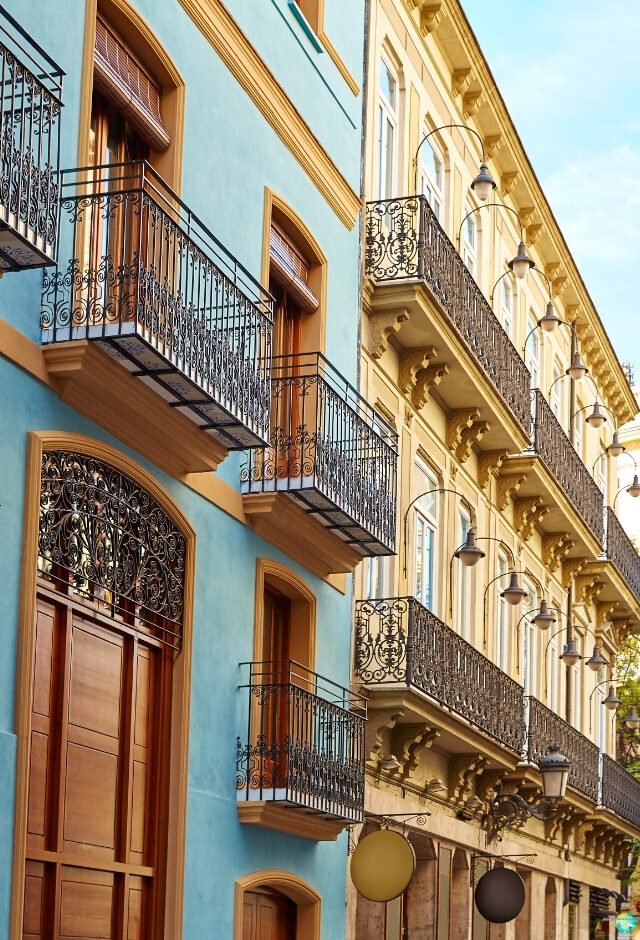
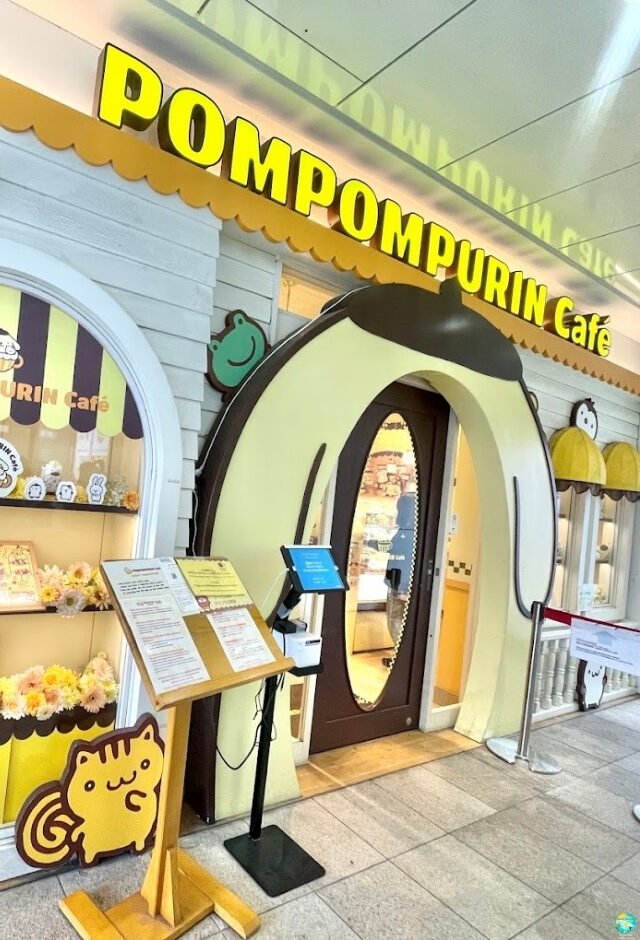

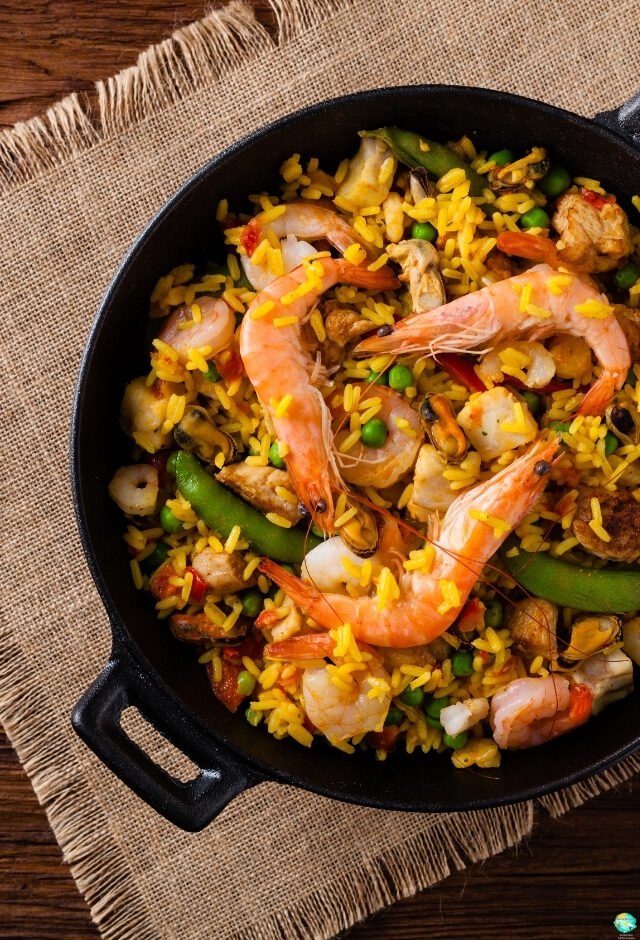
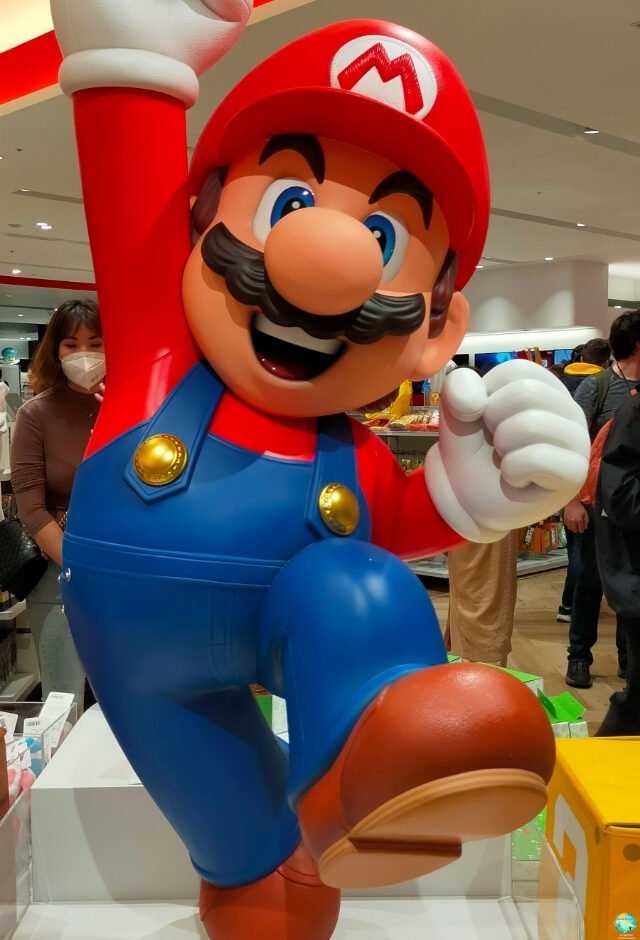
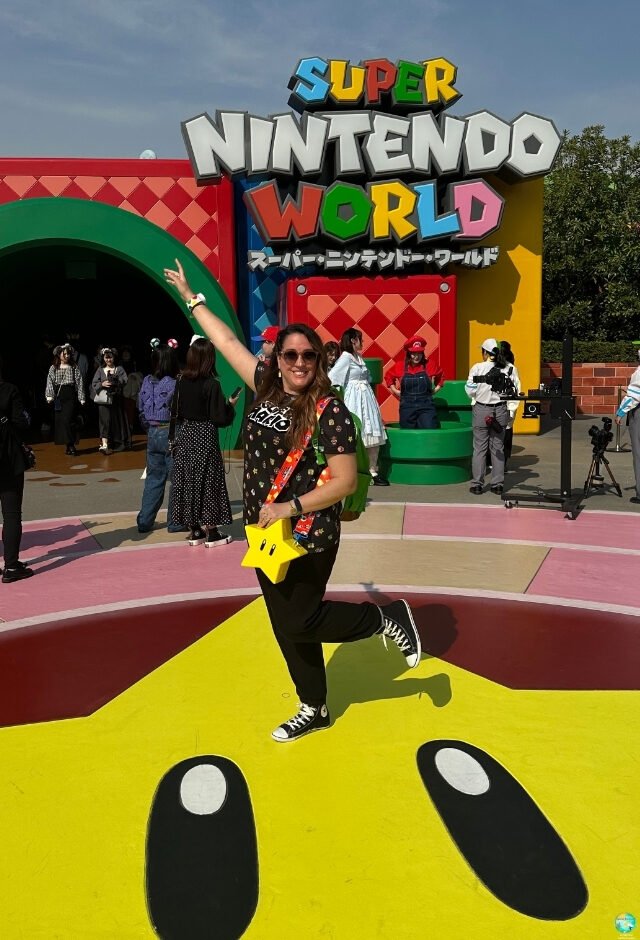
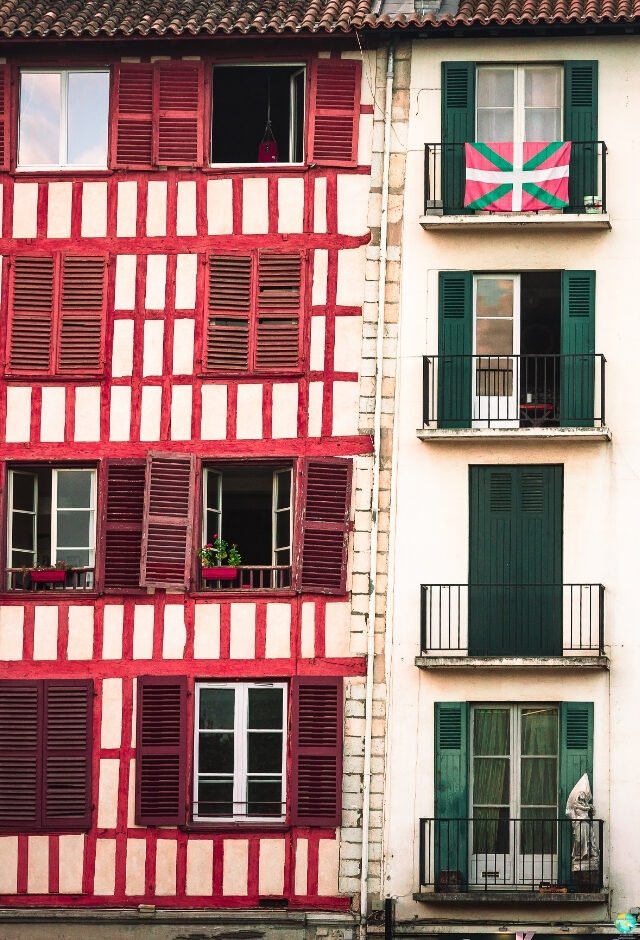
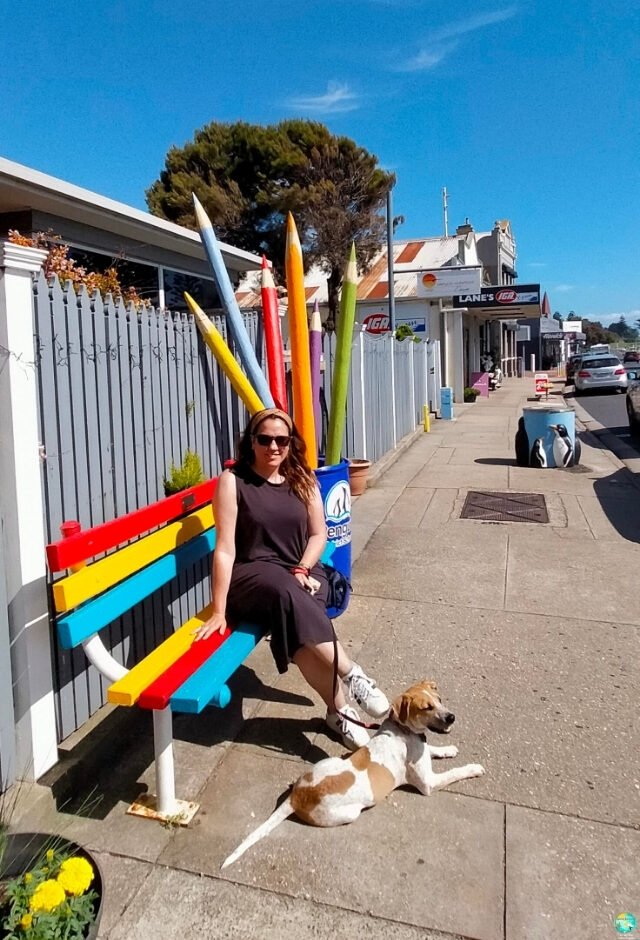
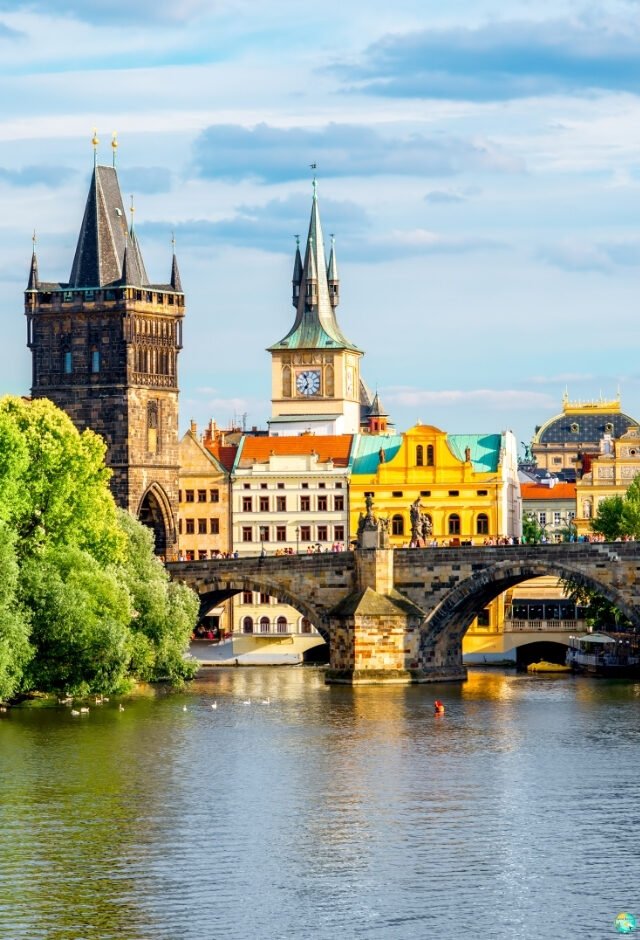
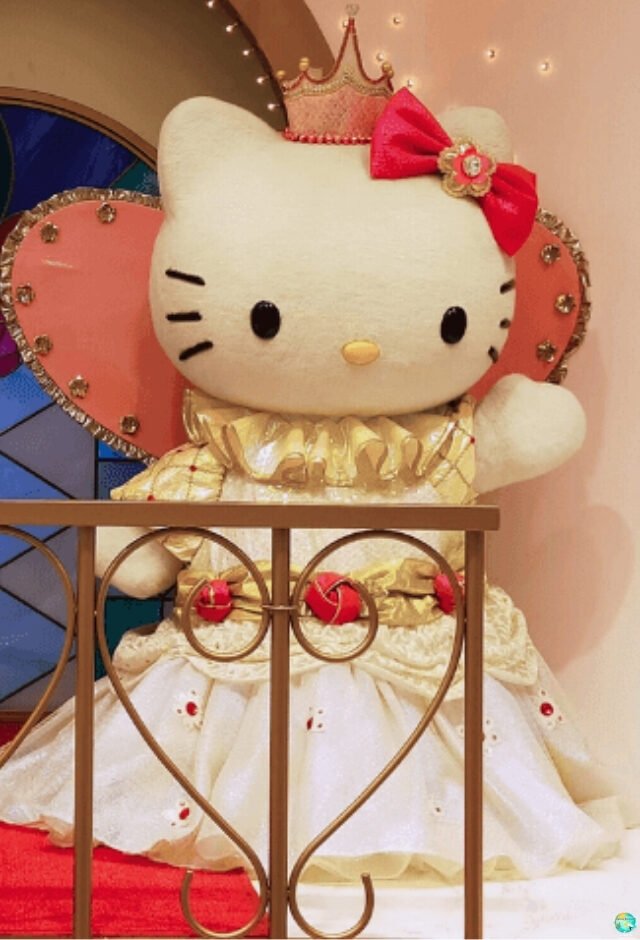




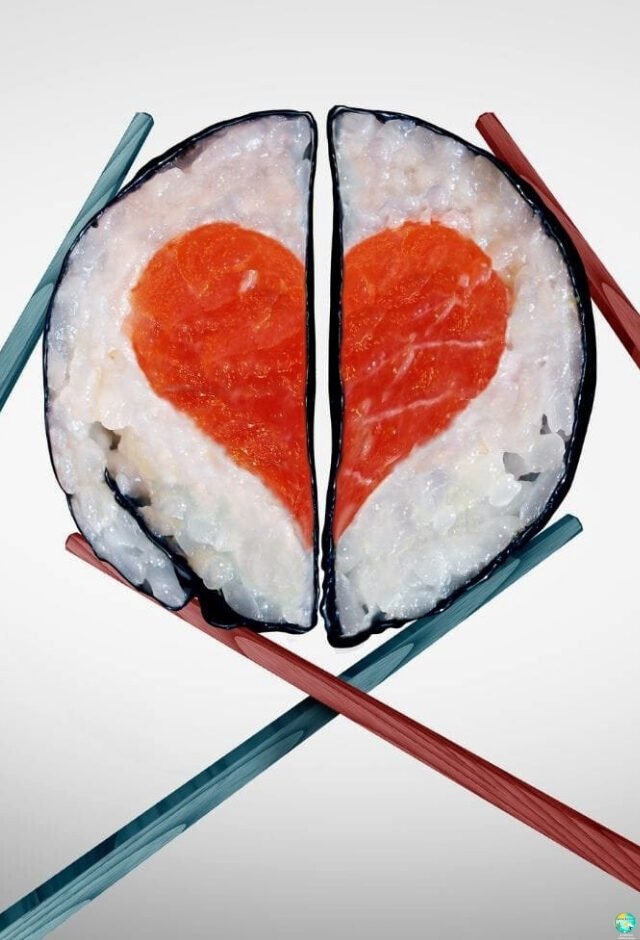
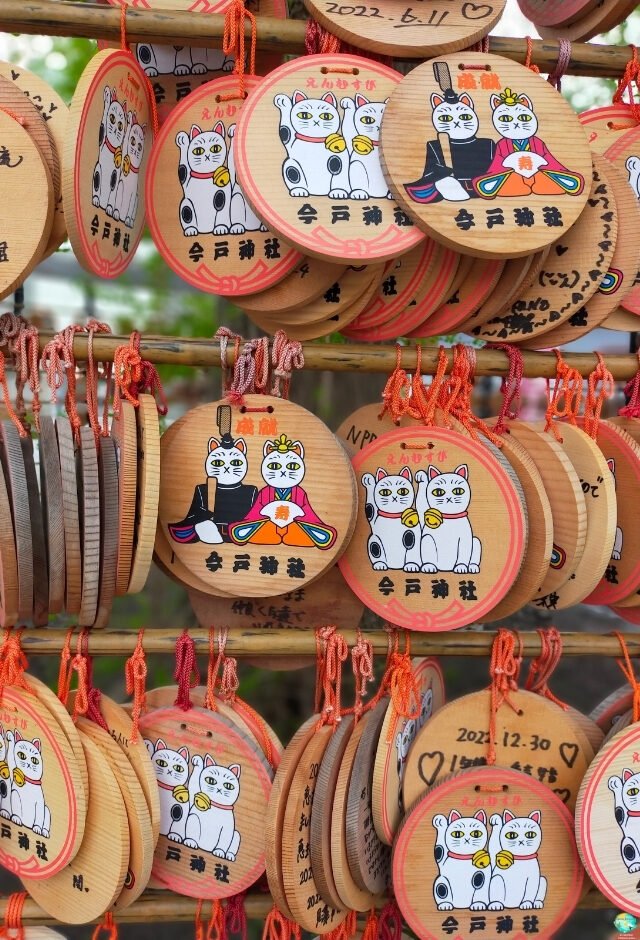
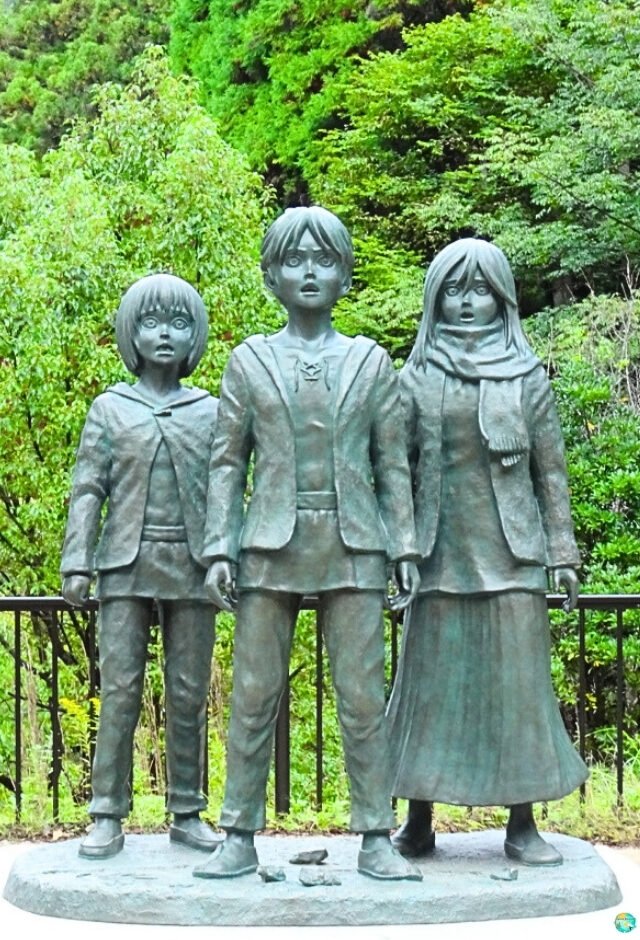
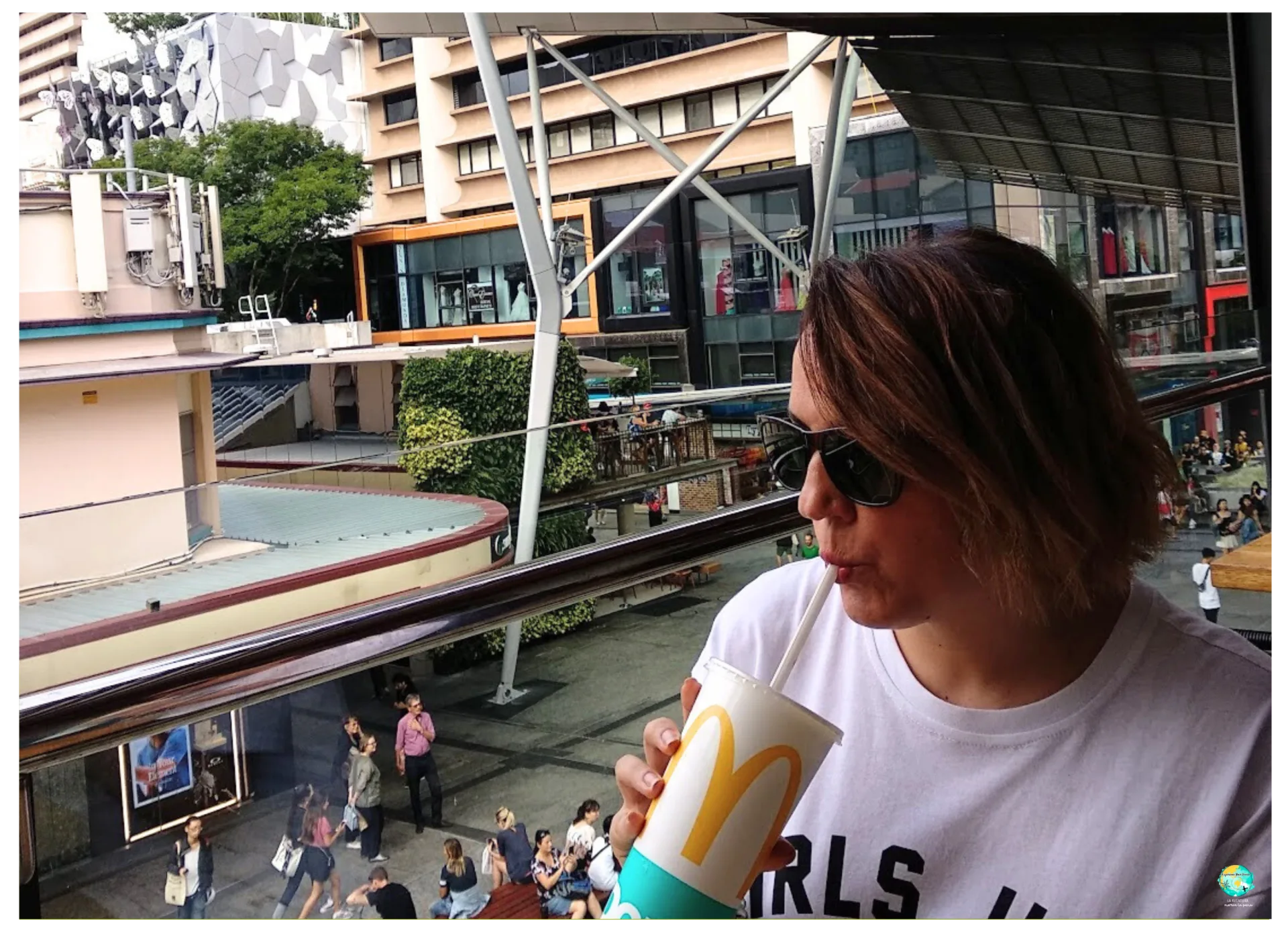

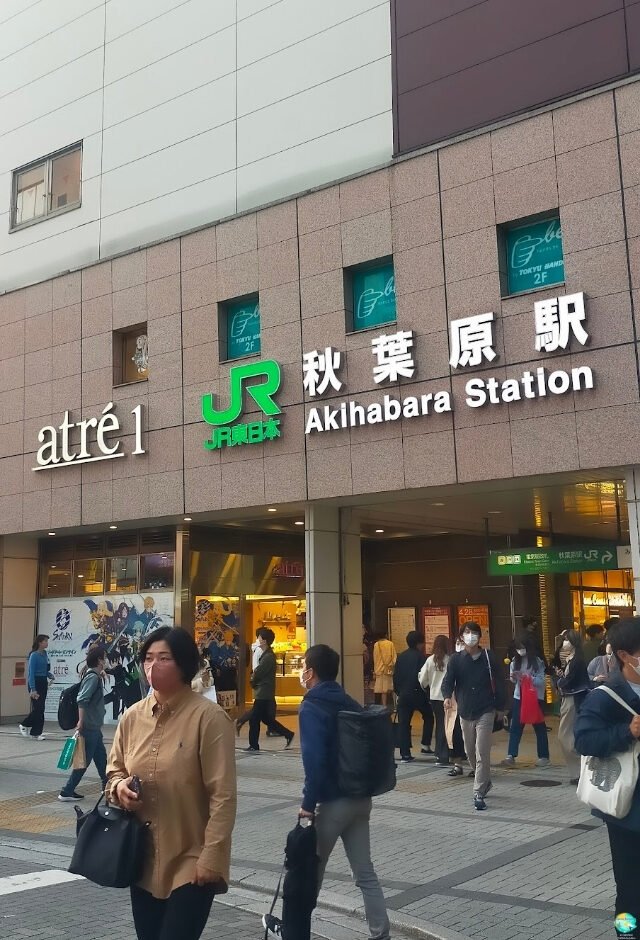
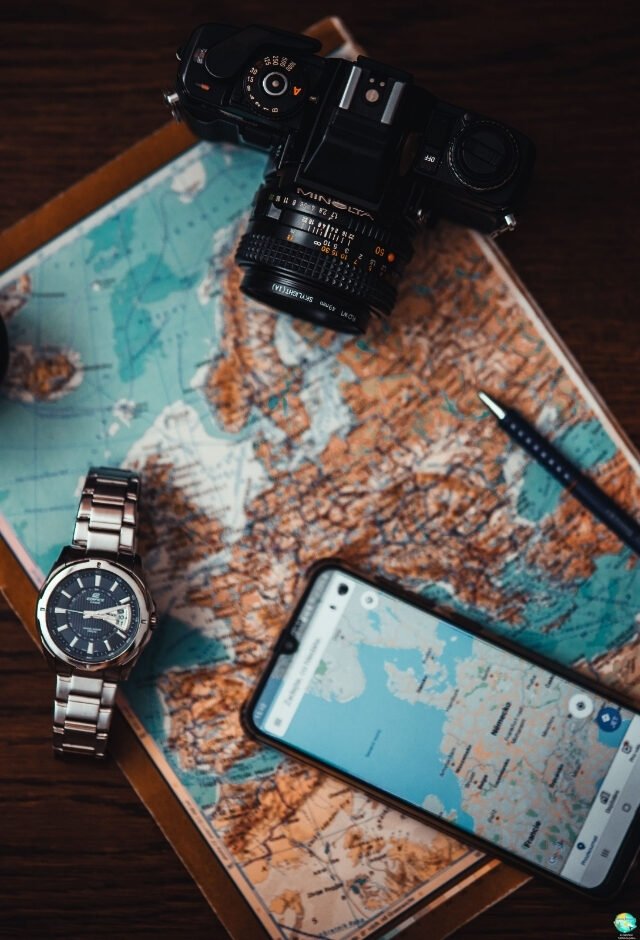
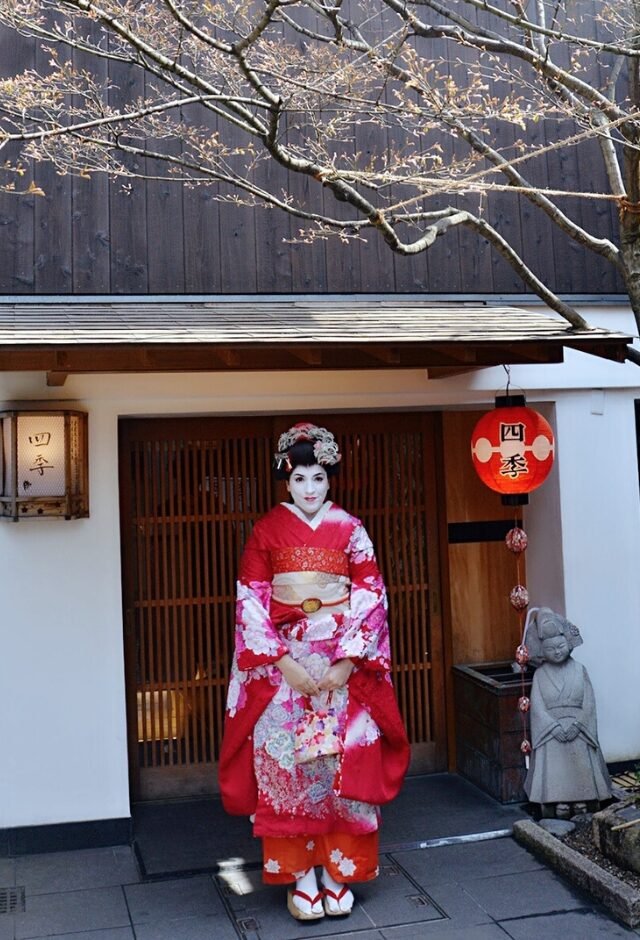



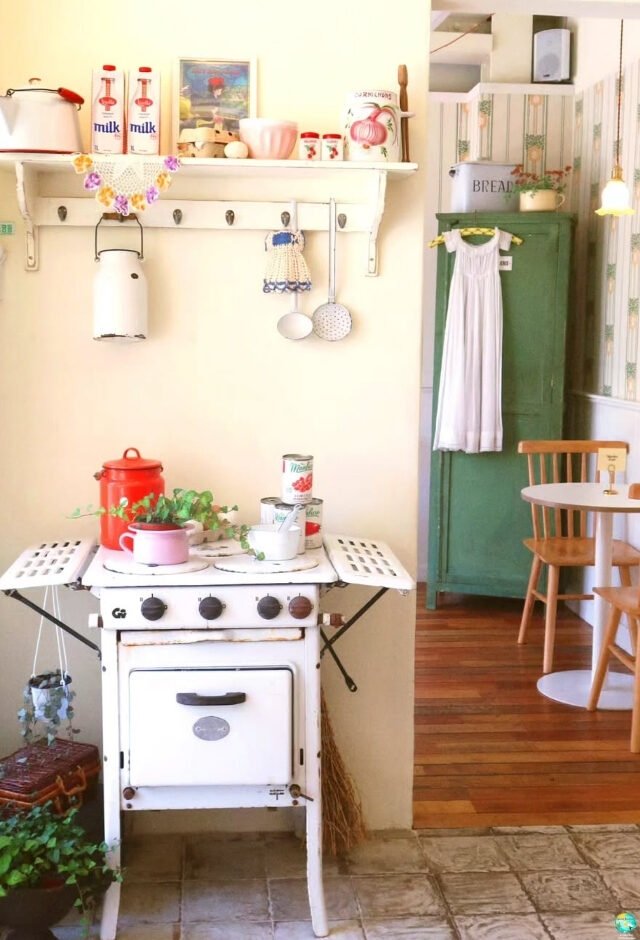
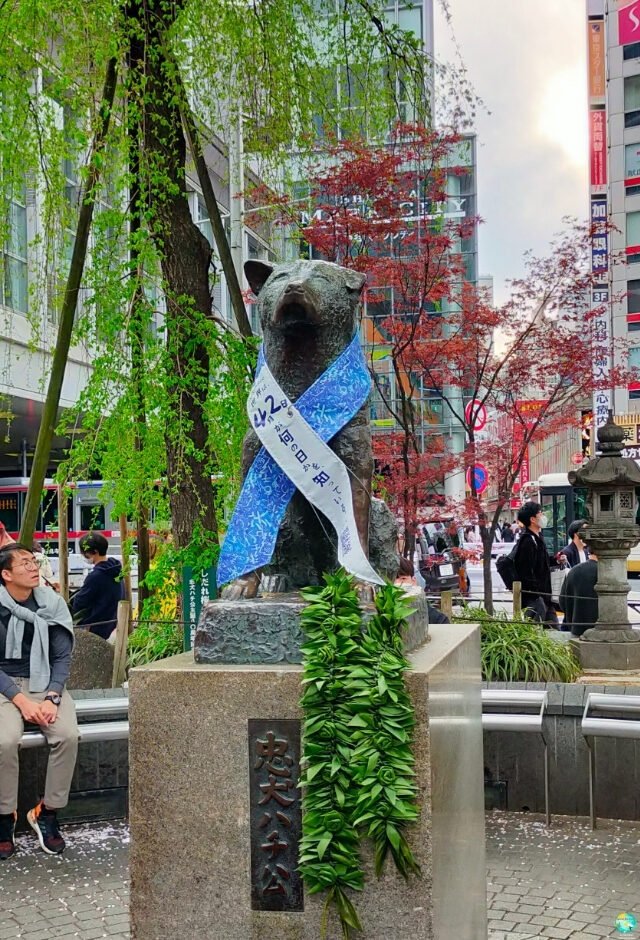
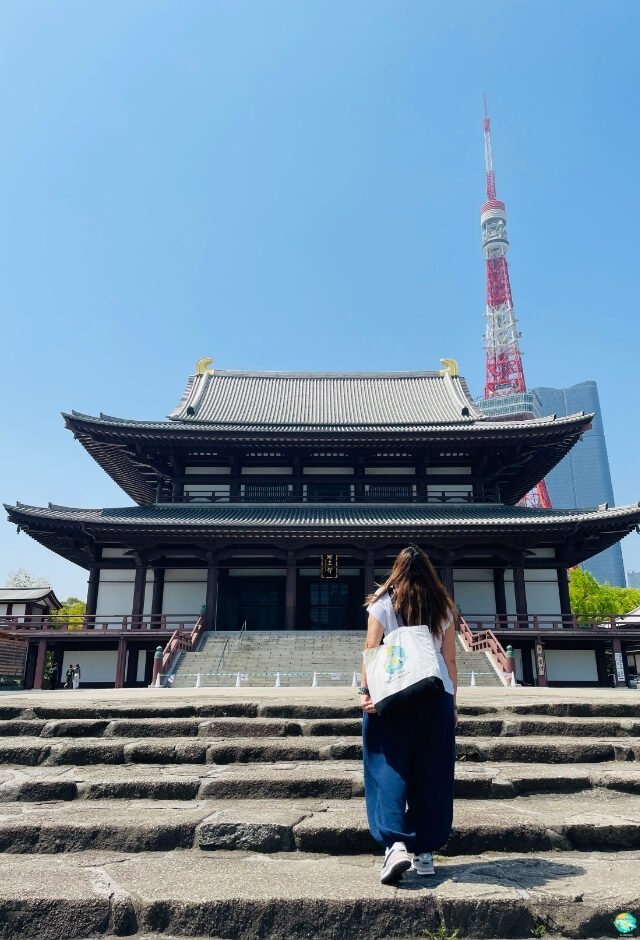

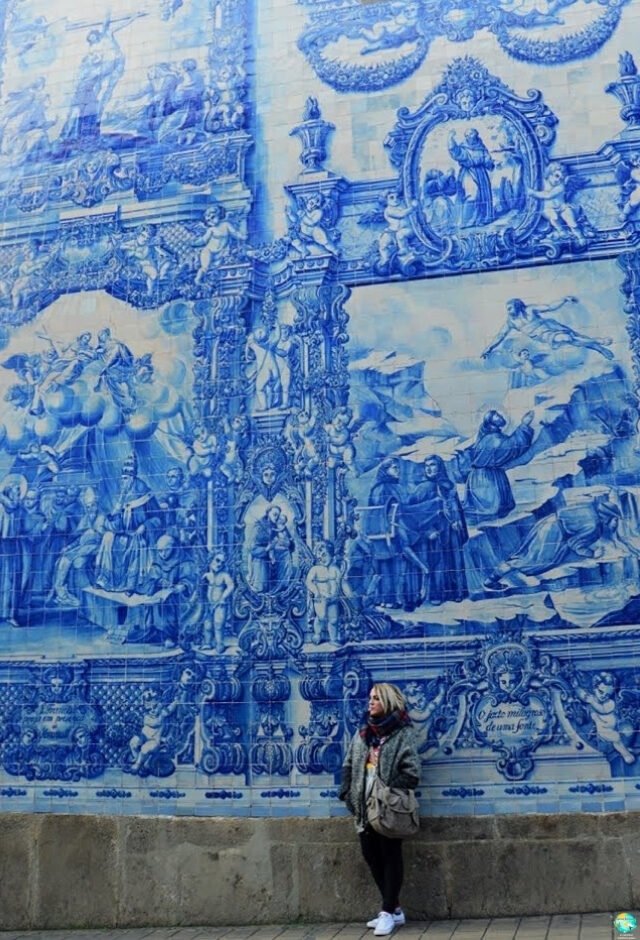

![Blog List Image ✈️ CÓMO ORGANIZAR UN VIAJE A NUEVA ZELANDA [ACTUALIZADO 2025]](https://experienceyourdream.com.au/wp-content/uploads/2025/06/Blog-List-Image-✈️-COMO-ORGANIZAR-UN-VIAJE-A-NUEVA-ZELANDA-ACTUALIZADO-2025.jpg)

